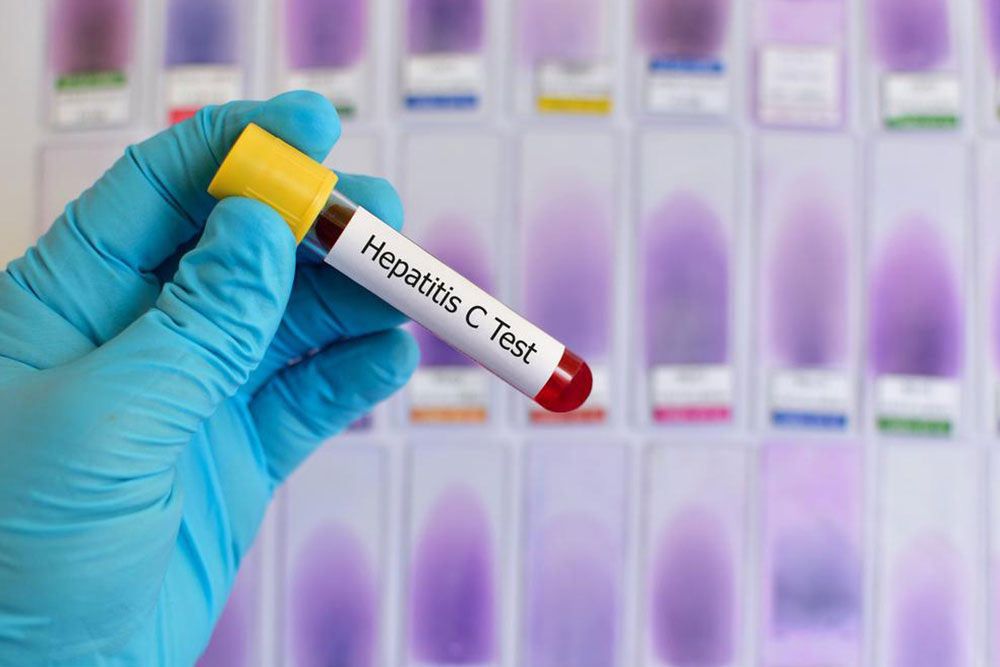Early Warning Signs and Detection of Hepatitis C Infection: A Comprehensive Guide
Hepatitis C often shows subtle early signs, making detection challenging. This comprehensive guide highlights symptoms, screening importance, and prevention strategies to catch hepatitis C early and prevent severe liver damage. Learn how to recognize signs like fatigue, jaundice, and gastrointestinal issues. Early detection through regular tests, especially for high-risk groups, can save lives by enabling prompt treatment. Understand the progression from acute to chronic hepatitis C and the role of modern antiviral therapies in curing the infection. Protect your liver health with awareness and timely action.

Early Warning Signs and Detection of Hepatitis C Infection: A Comprehensive Guide
Hepatitis C is a viral infection that primarily targets the liver, often progressing silently without causing noticeable symptoms in its initial stages. This stealthy nature makes early detection challenging, yet crucial for preventing long-term liver damage. Recognizing the early warning signs of hepatitis C can save lives by prompting timely medical intervention. This detailed guide explores the subtle symptoms associated with hepatitis C, the importance of screening, especially for high-risk groups, and preventative measures to reduce infection risks. Understanding these aspects is essential for anyone looking to safeguard their liver health.
Hepatitis C often remains undetected in its early stages because its symptoms are mild or resemble those of common illnesses. People typically dismiss early signs as minor ailments, not realizing they could be indicators of a serious underlying infection. Without prompt recognition and testing, hepatitis C can progress silently, causing considerable liver damage over several years. The initial symptoms, which are often intermittent, include fatigue, muscle aches, and gastrointestinal disturbances. If these symptoms persist or worsen, it’s vital to seek medical evaluation for accurate diagnosis and early treatment to prevent severe complications like cirrhosis or liver failure.
Understanding the progression from acute to chronic hepatitis C is essential. Acute hepatitis appears within the first three months of infection and manifests as fatigue, fever, nausea, and upper abdominal discomfort. Some individuals may also experience jaundice, dark-colored urine, or light stools. These signs, while common in other illnesses, could signal hepatitis C, especially if they recur or persist. When the infection extends beyond six months, it develops into a chronic disease affecting most infected individuals. Chronic hepatitis C often proceeds unnoticed until significant liver damage occurs, emphasizing the importance of routine screening, especially for those at higher risk, such as people born between 1945 and 1965.
Preventative measures, including safe injection practices, screening blood products, and avoiding exposure to contaminated needles or body fluids, are vital in reducing hepatitis C transmission. Additionally, modern antiviral therapies have revolutionized hepatitis C treatment, with high cure rates when diagnosed early. Public awareness campaigns and regular health checkups can contribute significantly to early detection, ultimately reducing the disease burden. Knowing the early signs and understanding when to seek testing empowers individuals to take proactive steps toward maintaining their health and preventing serious liver complications.





